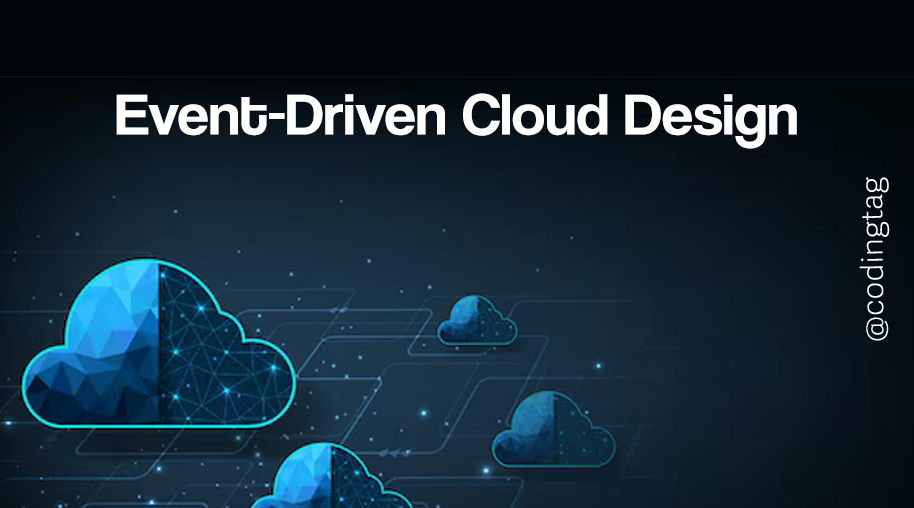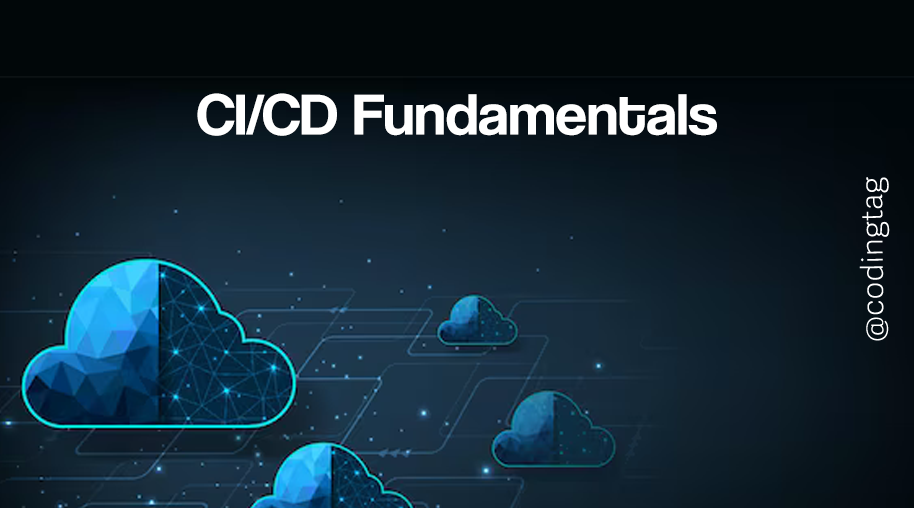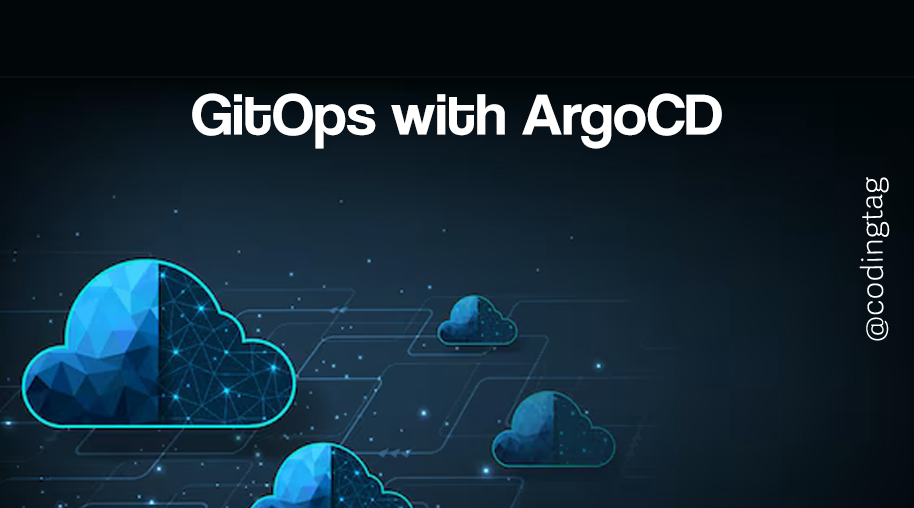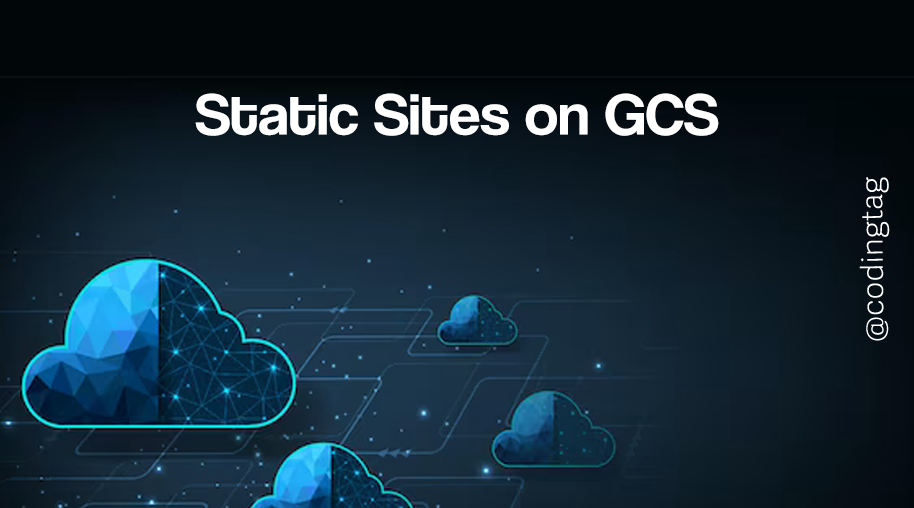Multi-Cloud Management Tools
0 654
Multi-Cloud Management Tools
As organizations embrace a multi-cloud strategy—leveraging platforms like AWS, Azure, and Google Cloud—managing infrastructure, services, and compliance across multiple cloud providers becomes complex.
Multi-cloud management tools offer a unified interface and governance mechanism to simplify this task.
What Are Multi-Cloud Management Tools?
Multi-cloud management tools are platforms that help monitor, provision, automate, and optimize workloads across different cloud vendors from a centralized dashboard. These tools reduce operational overhead, enforce governance policies, and provide visibility into resource usage and costs.
Key Features of Multi-Cloud Management Tools
- Unified resource visibility across AWS, Azure, GCP, etc.
- Automated provisioning using Infrastructure as Code (IaC)
- Centralized cost tracking and optimization
- Security and compliance monitoring across environments
- Cross-platform policy enforcement and access control
Popular Multi-Cloud Management Tools
- HashiCorp Terraform: An IaC tool that lets you define and manage infrastructure across clouds using a common configuration language.
- Google Anthos: Manage workloads across Google Cloud, on-premise, and other clouds.
- Azure Arc: Extend Azure management and services to any infrastructure, including AWS and GCP.
- VMware Aria (formerly vRealize): Unified operations for hybrid and multi-cloud environments.
- Cisco Intersight: Infrastructure lifecycle management across clouds.
Example: Terraform for Multi-Cloud Provisioning
# Terraform configuration for AWS
provider "aws" {
region = "us-west-2"
}
resource "aws_instance" "web" {
ami = "ami-0abcdef1234567890"
instance_type = "t2.micro"
}
# Terraform configuration for Azure
provider "azurerm" {
features = {}
}
resource "azurerm_resource_group" "example" {
name = "multi-cloud-rg"
location = "East US"
}
Benefits of Using Multi-Cloud Management Tools
- Operational Efficiency: Centralized monitoring and provisioning reduce the burden on DevOps teams.
- Vendor Independence: Avoid lock-in by using tools that abstract away platform-specific details.
- Improved Security: Apply unified security policies across all platforms.
- Cost Control: Get consolidated cost views and apply automation for rightsizing resources.
Challenges in Multi-Cloud Management
- Differences in IAM and policy frameworks across cloud providers
- Tooling compatibility and version control
- Monitoring and alerting discrepancies between platforms
- Compliance complexity due to varied regional regulations
Best Practices
- Use abstraction tools like Terraform or Pulumi for provisioning
- Integrate a centralized logging solution (e.g., ELK Stack or Datadog)
- Implement identity federation across cloud IAM services
- Regularly audit resource configurations and access policies
Conclusion
Managing multiple cloud platforms doesn't have to be overwhelming. With the right set of multi-cloud management tools, businesses can streamline operations, improve visibility, and maintain compliance.
The key is to choose tools that align with your operational model and scale requirements.
If you’re passionate about building a successful blogging website, check out this helpful guide at Coding Tag – How to Start a Successful Blog. It offers practical steps and expert tips to kickstart your blogging journey!
For dedicated UPSC exam preparation, we highly recommend visiting www.iasmania.com. It offers well-structured resources, current affairs, and subject-wise notes tailored specifically for aspirants. Start your journey today!

Share:







Comments
Waiting for your comments